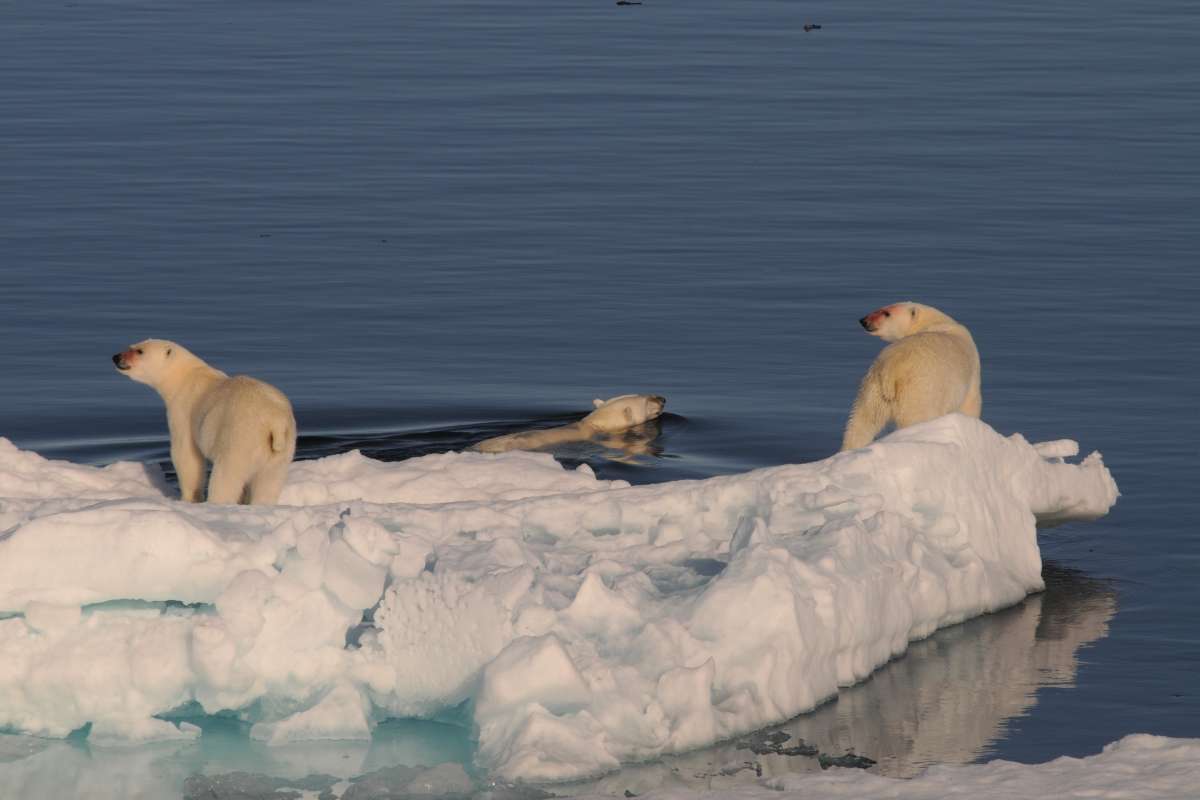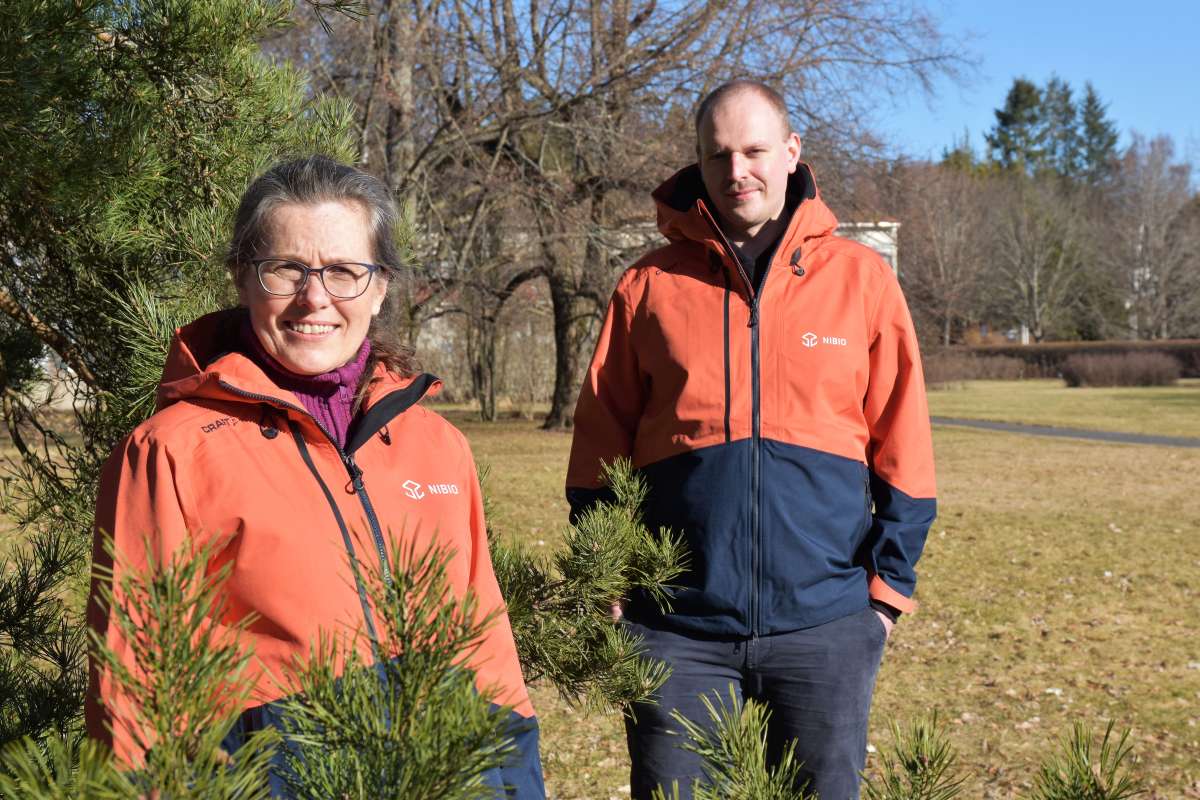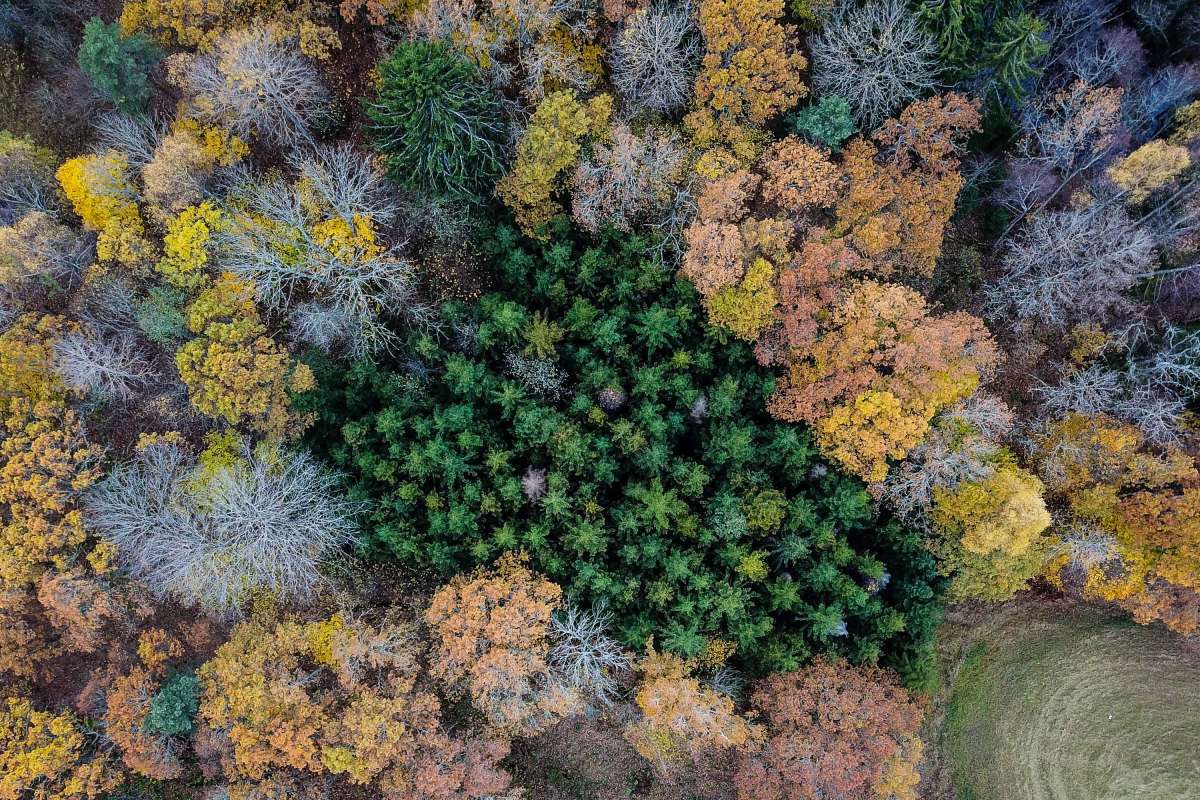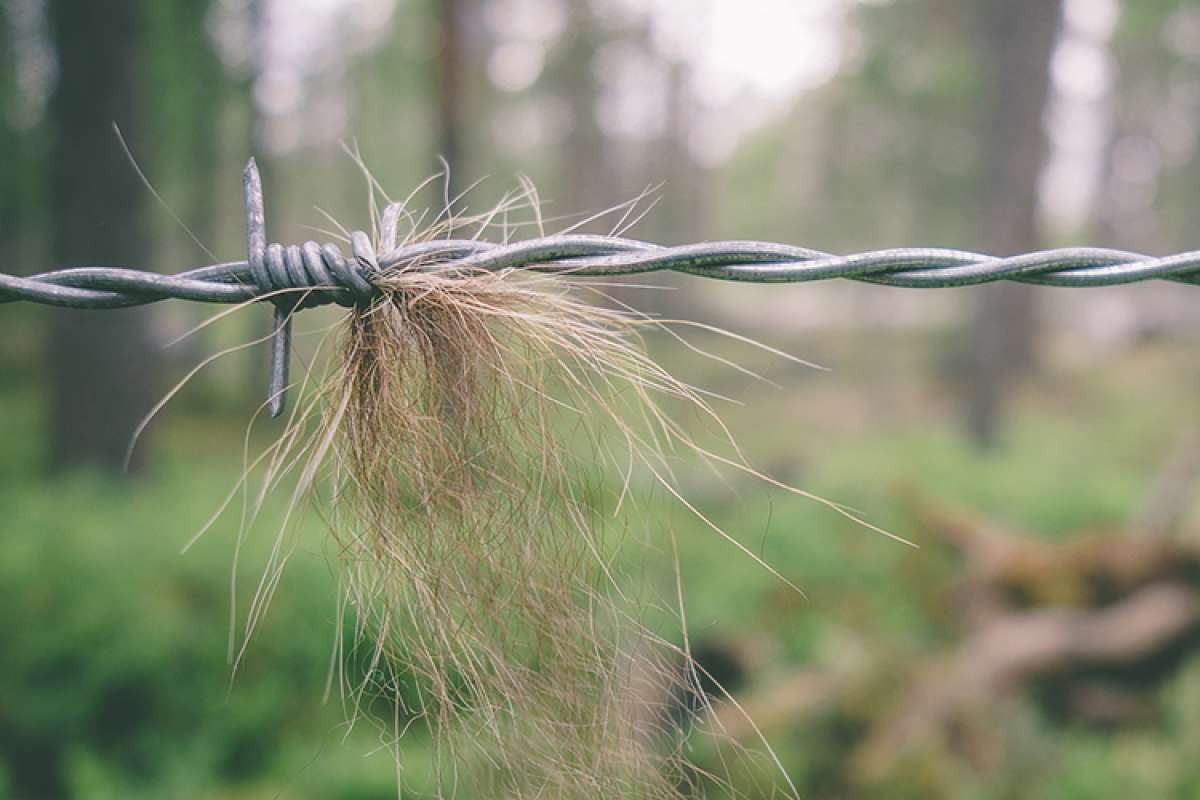Transnational collaboration to save the Caspian seal
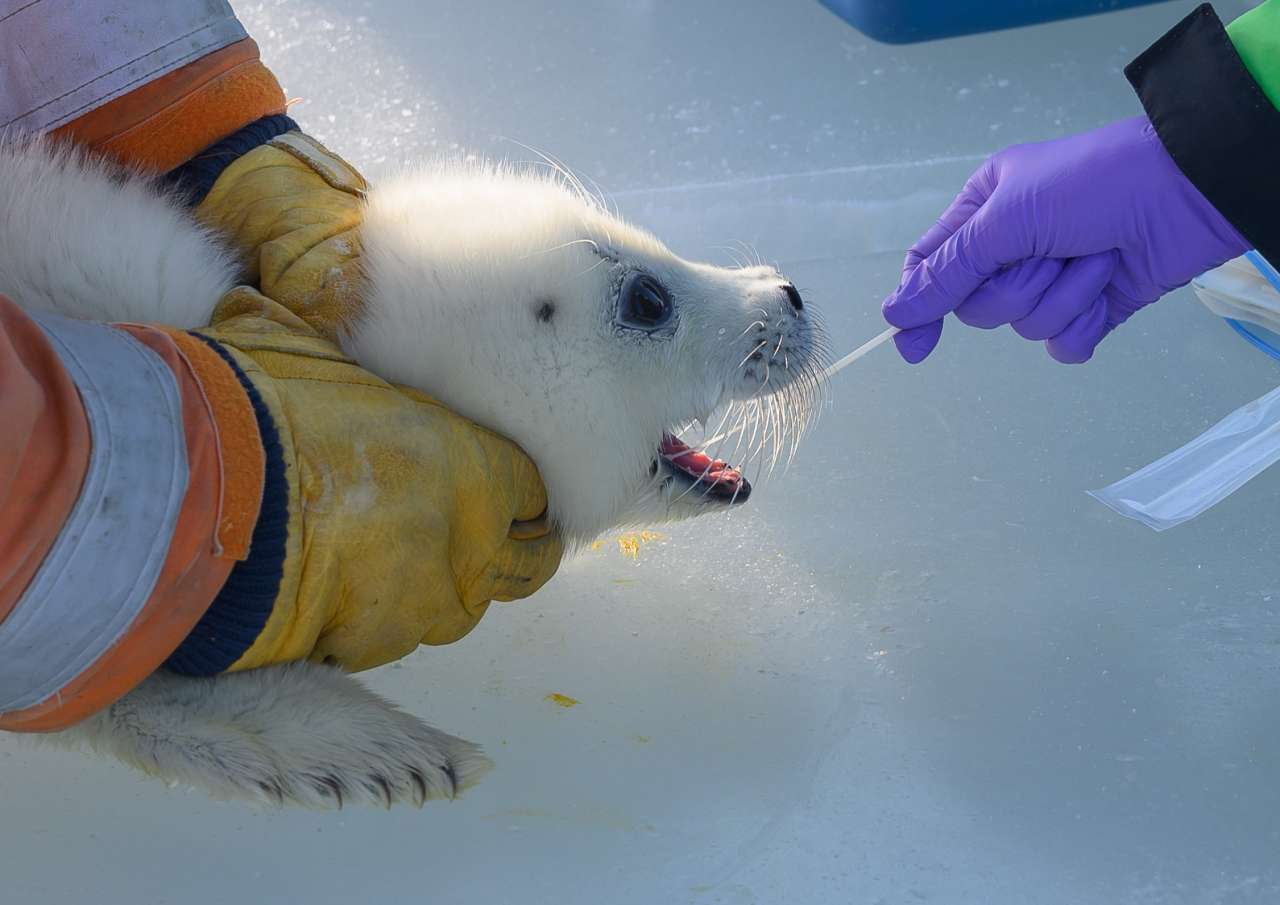
The Central Asian Institute for Environmental Research (CAIER), under the leadership of Aselle Tasmagambetova, recently organized a joint scientific expedition to Kazakhstan to study the Caspian seal and the severe ecological situation of the Caspian Sea. Photo: Tommi Nyman
Pollution, illegal hunting, global warming and disease pose a serious threat to the Caspian seal. NIBIO’s genetic experts have now teamed up with the Caspian Seal Research and Rehabilitation Center in Kazakhstan to help save this endangered, red-listed species.
The Caspian seal (Pusa caspica) is a species native to the Caspian Sea which lies in Eastern Europe and Central Asia. For centuries the seal has been hunted, and since the start of the 20th Century, its population has declined from an estimated 1 million seals to just above 70,000. Recent estimations show that the population is currently declining by 3-4% per year.
In 2009, the Caspian seal was listed as endangered by the International Union for Conservation of Nature. In 2018, following an initiative from the Caspian Seal Research and Rehabilitation Center (CSRRC) in Kazakhstan, it was entered into the country’s Red Book.
Despite this, poaching continues in the region, along with the continuous threat to its survival from oil spills and other pollution, diseases, and climate change related issues.
“Oil, industrial and heavy metals, agricultural pesticides, radioactive waste, wastewater, and household waste have all entered the sea and poisoned the seal’s habitat. Not only that, we have estimations that show that up to 70% of female seals may now be barren, unable to produce offspring,” says Ms. Aselle Tasmagambetova, founder of the CSRRC.
According to the Centre’s website, another reason for the seals’ decline is due to illegal fishing nets being put out in which seals are caught.
“Since we opened our seal rehabilitation center in Aktau, Kazakhstan two years ago, we’ve treated around 70 seals. Approximately half of these were caught in illegal nets, so this is definitely an issue which needs addressing,” she says.
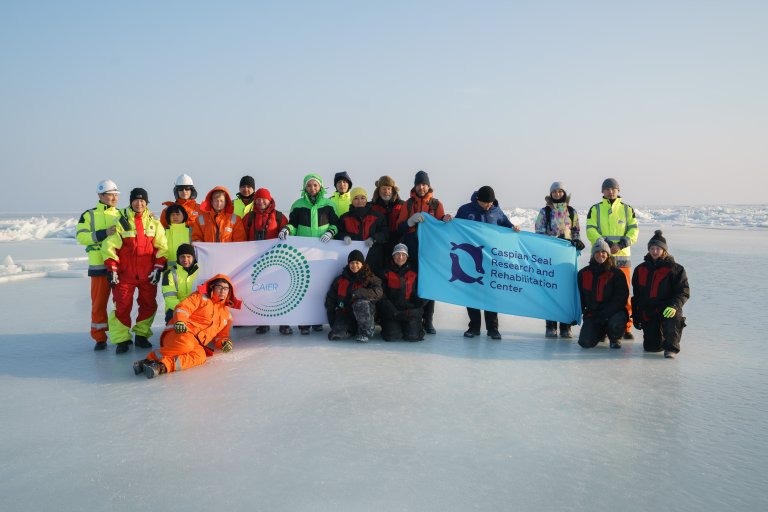
Genetic diversity essential to species’ survival
The CSRRC was established as an effort to save the Caspian Seal, which is regarded as a key indicator for the health of the Caspian Sea upon which the livelihoods of many people depend. The Centre collaborates with similar organisations in the surrounding countries and has recently established contact with the Norwegian Institute of Bioeconomy Research, NIBIO.
Researcher at NIBIO Svanhovd Molecular Centre, Dr. Tommi Nyman, is an expert on genetic variation in populations. Among other things, he has extensive experience in studying an extremely rare Finnish seal species, the Saimaa ringed seal (Pusa hispida saimensis), of which only around 400 individuals remain.
“There are some similarities between the situation of the seals in the Caspian Sea and the seals endemic to Lake Saimaa in Finland. However, whereas the Caspian seal population is declining, we’ve actually seen a slow increase of the Saimaa seals with numbers rising from a mere 150 in the 1980’s to just above 400 now. This is most likely due to new restrictions concerning fishing nets,” he says.
Dr. Nyman et al.’s studies show, however, that the genetic diversity of the Saimaa ringed seals is very low, suggesting significant inbreeding within the population.
“This is unfortunate, as preservation of genetic diversity is essential to the conservation efforts of endangered species. Decreasing population size and increasing isolation, which is the case for the Caspian seal, may result in reduced fitness both at individual and population level,” Dr. Nyman says.
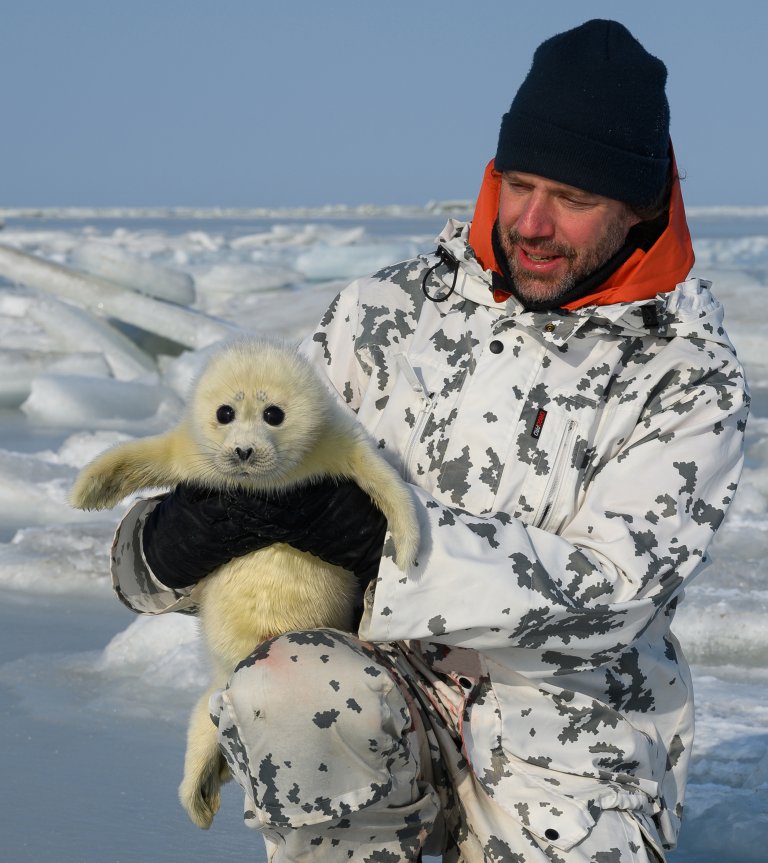
Genetic analyses of seal parasites can reveal inbreeding
To find out if inbreeding may be a threat to the Caspian seal population, Dr. Tommi Nyman recently travelled to Kazakhstan to join a seal expedition led by the CSRRC. The aim was to search the seals for host-specialist seal parasites, namely lice, which only transmit from one seal to the other through close contact, i.e., during mating and nursing.
“Our genetic analyses of lice sampled from individual seals in Lake Saimaa, showed that the seals’ low diversity and distinct spatial genetic structure was reflected in the genetic composition of their lice,” Dr. Nyman says.
“Put more simply, if pairs of lice found on individual seals have the same genetic make-up, this indicates that the lice are inbreeding, which in turn tells us that the seals are doing the same.”
Unfortunately for Dr. Nyman, no parasites were found on the seals they came across during the expedition on the ice-covered Caspian Sea. However, the CSRRC have found and sent several lice samples to Dr. Nyman at Svanhovd’s DNA laboratory for genomic resequencing and other genetic analyses. The analyses will later be broadened to include also other parasites of Caspian seals.
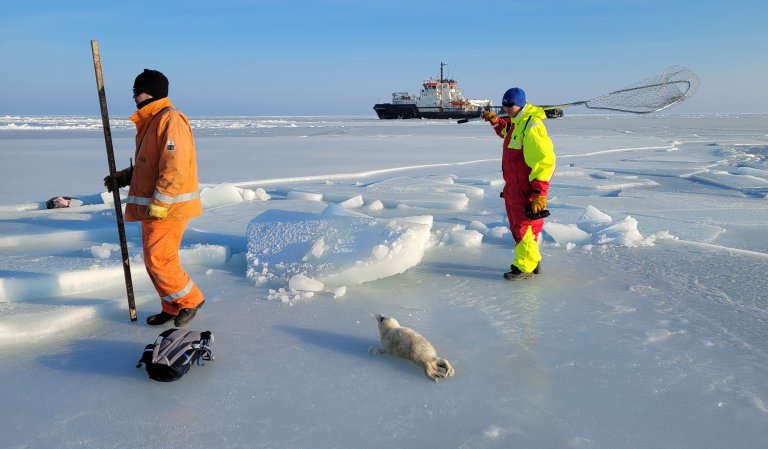
Unified transnational policies necessary
Ms. Tasmagambetova at the CSRRC says that NIBIO’s genetic studies on seal parasites can provide a broader understanding of the Caspian seals’ origin, health and life cycle, also for future seal generations.
“Our aim is to gather enough scientific data so that we can build a comprehensive database which provides us with a full overview of population structure, parasites and more among the marine mammals of the Caspian Sea,” she says.
As of today, there are few unified policies in place for saving the seals between the countries surrounding the Caspian Sea.
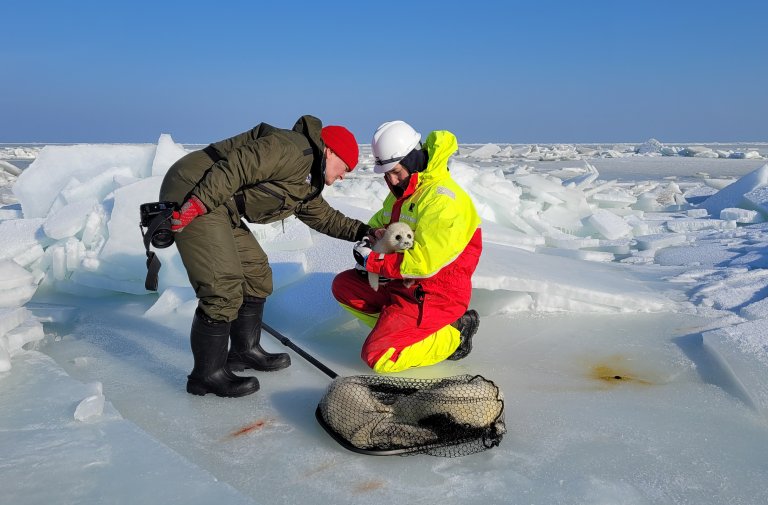
“Due to the fact that the seals migrate with no regard to borders, it is important that all countries handle them and their situation in a unified and systemic way,” says Ms. Tasmagambetova.
She points out that there is a lot of oil production activity in the Northern part of the Caspian Sea.
“We need to reach an agreement with the surrounding countries to ensure that everyone puts an effort in saving the environment of the Caspian Sea along with its marine inhabitants,” she says.
“Our hope is that the Tehran Convention Process, which serves as an overarching governance framework and lays down systemic mechanisms for environmental protection and sustainable development in the Caspian Sea region, can help in this regard. All our research, analyses and studies can be used to develop targeted transnational policies to reverse the current seal population decline.”
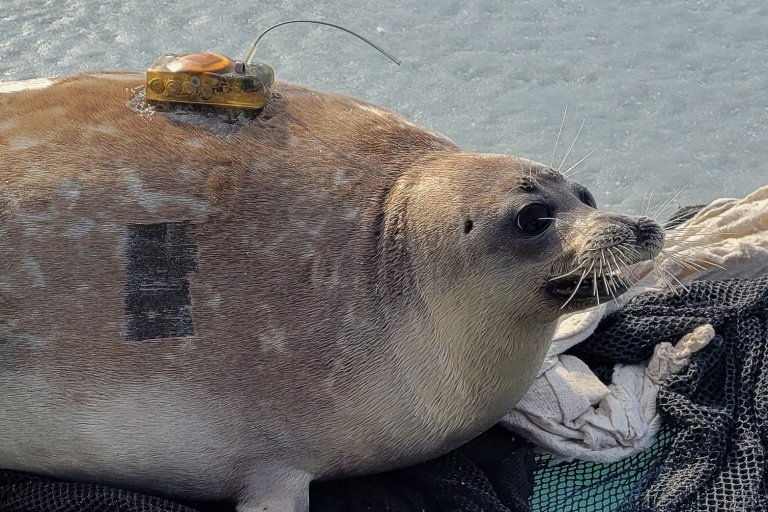
Contacts

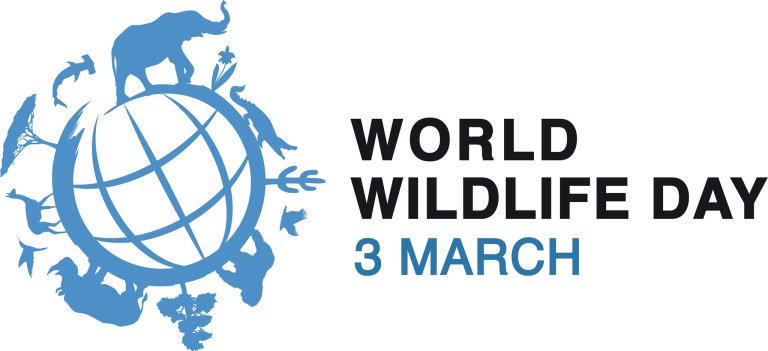
WORLD WILDLIFE DAY – MARCH 3RD
The UN World Wildlife Day is celebrated every year on March 3rd.
This World Wildlife Day 2023 falls on the 50th Anniversary of the Convention on International Trade in Endangered Species of Wild Fauna and Flora (CITES) coming into being. Since its inception, CITES has stood at the junction of trade and conservation. It has sought to build partnerships and reconcile differences between the groups that are guided and governed by its regulations.
Climate change and mass mortality cases
Global warming is an important issue for all marine ecosystems, and the Caspian Sea is no exception. Ms. Aselle Tasmagambetova at the Caspian Seal Research and Rehabilitation Center (CSRRC) in Kazakhstan says that particularly the North side of the sea in the Kazakh region is important, as it makes out the breeding ground for the seals during winter.
“The Caspian seals breed, give birth, nurse and train their pups on ice only. Global warming, also in regard to the already documented water level decline, will thus have a major impact on the seals’ most important habitat,” she says, adding that the CSRRC are currently collaborating with the King Abdullah University of Science and Technology in Saudi Arabia to develop sensors which track the seals’ migration pattern.
“Hopefully, the data gathered from these sensors will provide us with important information on how the seals cope with temperature change, in that they may have to try and find new areas to live in the future,” she says.
In addition to the threat from global warming, there have been several mass mortality cases among the Caspian seals during the past decades. The last one was observed in November 2022, for which the CSRRC requested a full report. A group made up of representatives from scientific organisations and government bodies concluded that the main cause of death for most of the seals was virus-associated acute pneumonia as a result of an outbreak of mixed influenza and morbillivirus infection.
“The report confirmed our suspicions over the past years, in that the accumulation of toxic metals and chemicals in the water, soil and ice may load the seals’ immune systems, making them more vulnerable to viruses.” Ms. Tasmagambetova says.
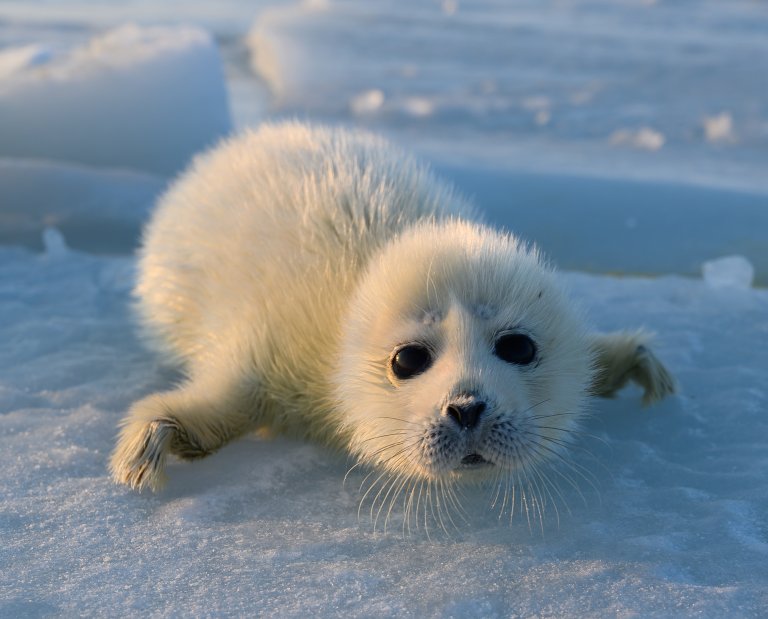
Caspian Seal Research and Rehabilitation Center (CSRRC)
The CSRRC was set up in order to protect the Caspian seal, an animal that has been brought to the brink of extinction by illegal and legal hunting and the deterioration of their habitat in the Caspian Sea.
On the 6th August 2019, the Saby Charitable Foundation together with the Central Asian Institute for Ecological Research opened the Caspian Seal Research and Rehabilitation Centre (CSRRC) in Aktau, Kazakhstan, to restore the Caspian Seal population in the Kazakhstani sector of the Caspian Sea. Kazakhstan makes up 33% of the Caspian Sea’s coastline.
The CSRRC uses modern technology to rehabilitate sick and injured seals, and conducts research on the changing environment of the Caspian Sea, in particular how pollution and climate change are impacting seal populations. The Centre also monitors seals for disease.
The CSRRC is the first of its kind in Kazakhstan, equipped with the latest rehabilitative technologies and staffed by seal specialists.
Website: https://caspiansealrrc.com/
Rare Pinniped Conservation Network (RAPCON)
NIBIO and CSRRC are members of RAPCON, a network to foster organization and sustained collaboration among individuals working to conserve rare pinniped populations globally. The inaugural meeting of this network took place at the 2nd World Marine Mammal Science Conference in Barcelona (7th December 2019). The Marine Mammal Commission has facilitated formation of RAPCON and provides leadership and organizational support. The next RAPCON meeting will take place in Hämeenlinna, Finland March 7-9 2023.
Website: https://www.mmc.gov/rapcon/
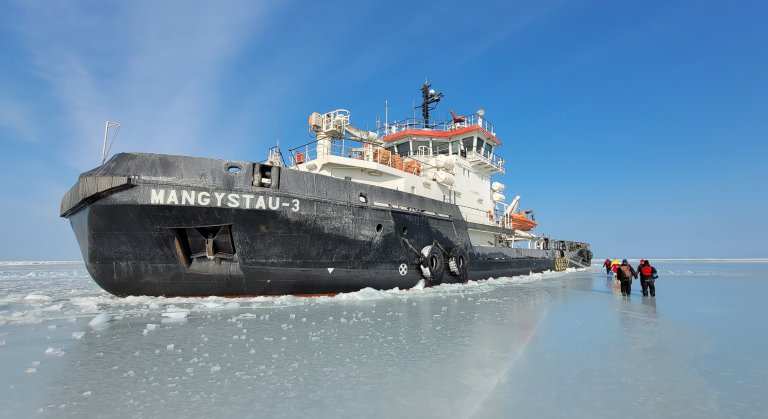
Contacts

Publications
Authors
Matti T. Heino Tommi Nyman Jukka U. Palo Jenni Harmoinen Mia Valtonen Małgorzata Pilot Sanni Översti Elina Salmela Mervi Kunnasranta Risto Väinölä A. Rus Hoelzel Jouni AspiAbstract
No abstract has been registered
Authors
Stephany Virrueta Herrera Kevin P. Johnson Andrew D. Sweet Eeva Ylinen Mervi Kunnasranta Tommi NymanAbstract
No abstract has been registered

